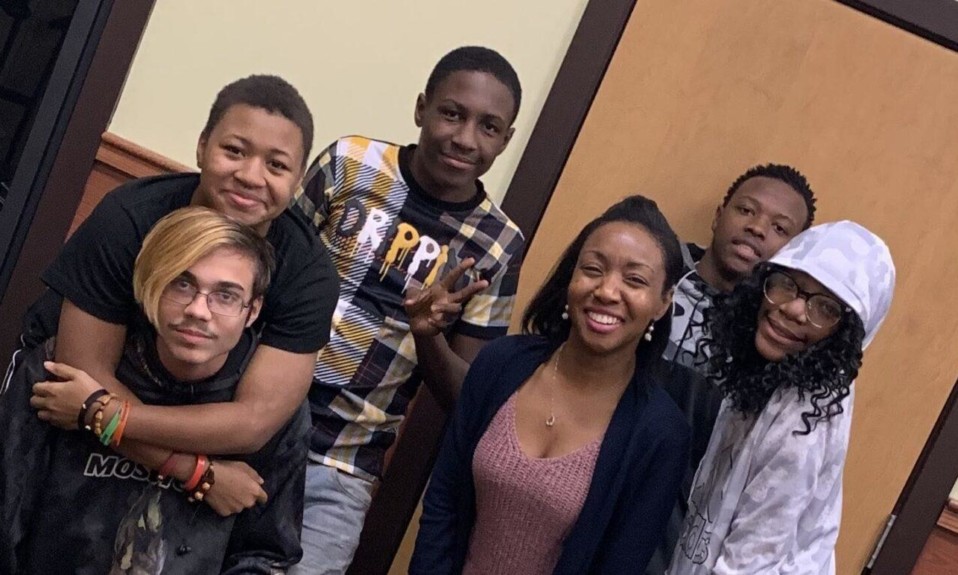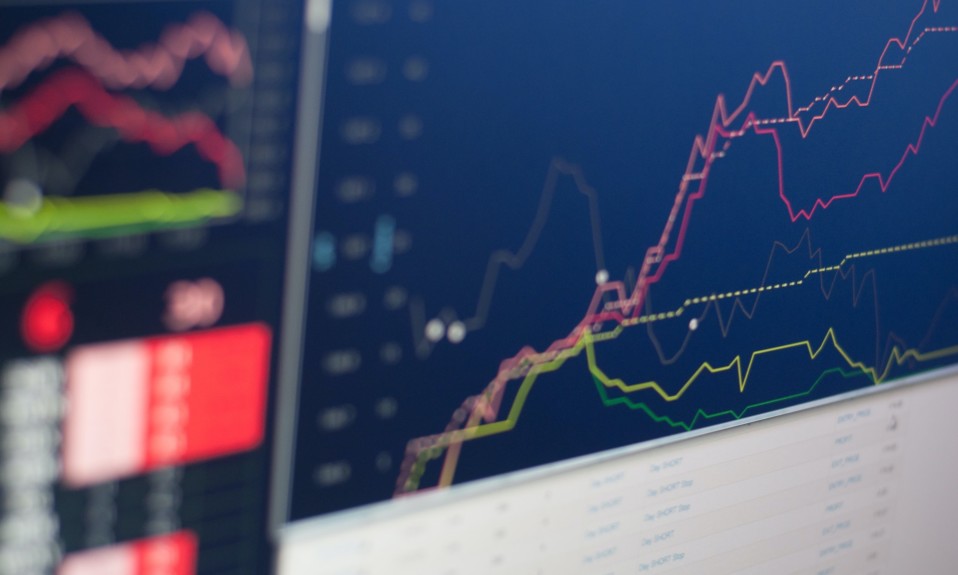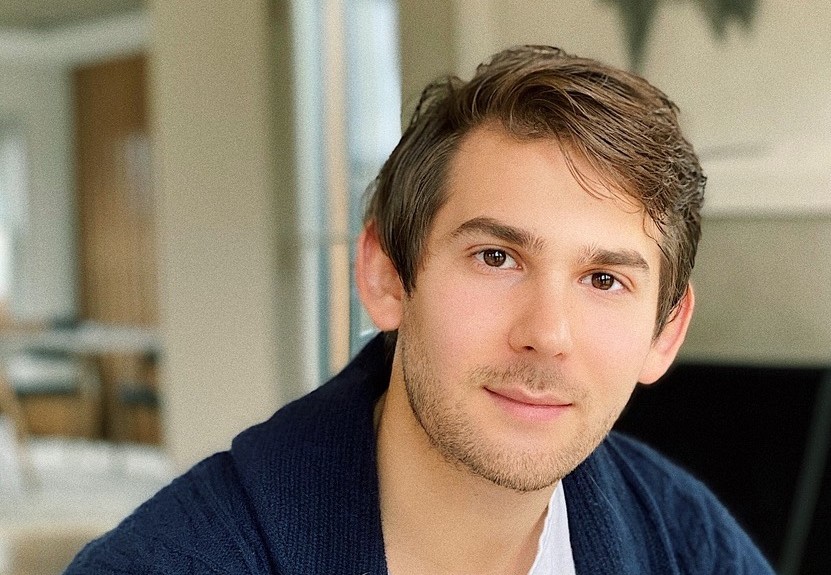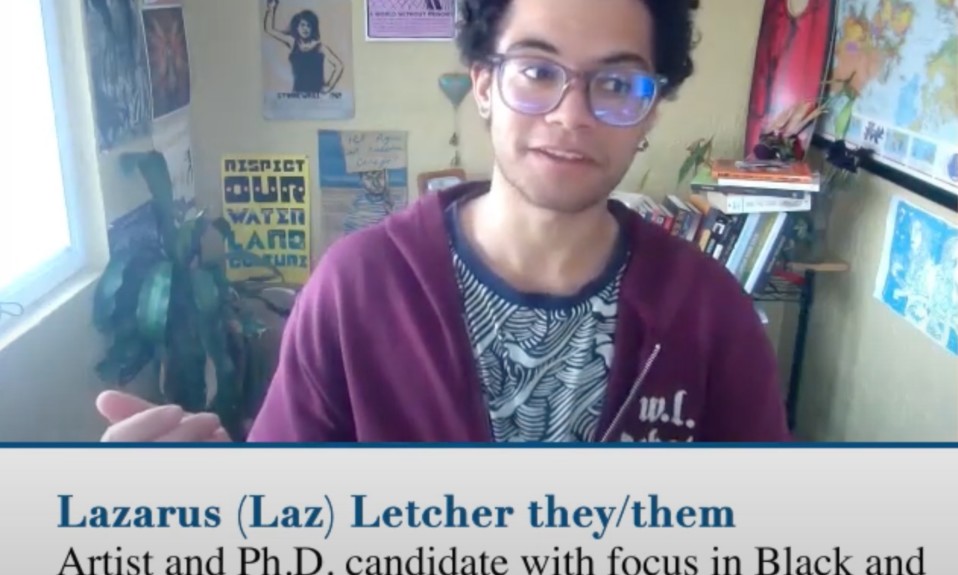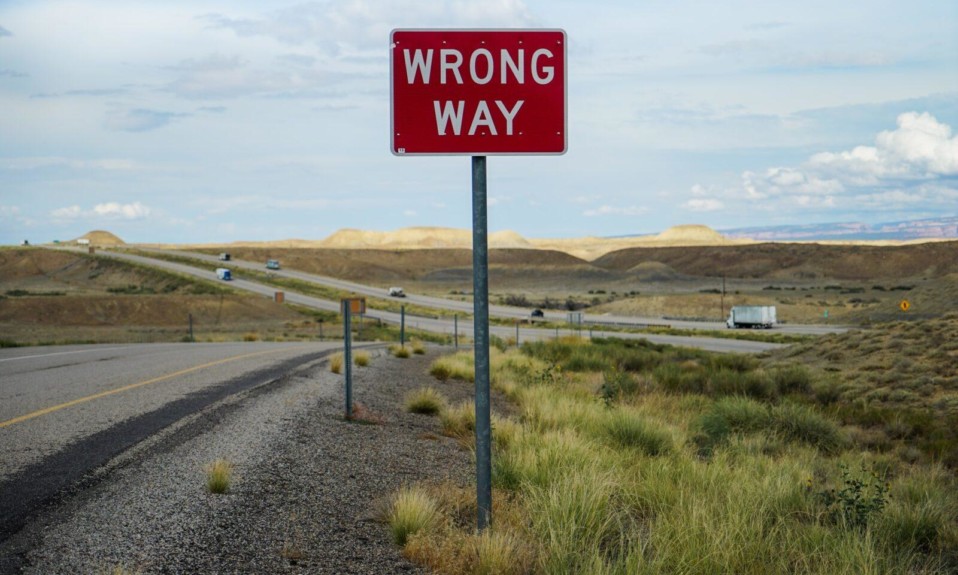“If you build it, people will come,” says Danielle Tarino, president and CEO of the 10-year-old grassroots group, which has helped thousands of teens and young adults overcome addiction and alcohol abuse
By William Wagner
December 3, 2020It’s happened to Danielle Tarino—president and CEO of the national addiction recovery nonprofit Young People in Recovery (YPR)—more times than she can count. A YPR alum circles back to her and says something like this:
“I’m a mother now, and I’ve gone back to school. My substance use disorder [SUD] no longer negatively interferes with my life. All I want to do is give back, so I became a volunteer at Young People in Recovery and then a chapter leader. I’ve dedicated my life to giving back.”
YPR has provided approximately 44,000 service offerings to people in recovery who are primarily in the age range of 18 to 30. Services have included everything from administering recovery guidance to teaching basic life skills…to hosting gatherings that foster a sense of community.”
Stories like this are the lifeblood of YPR. Since its founding in 2010, YPR has, says Tarino, provided approximately 44,000 service offerings to people in recovery who are primarily 18 to 30 years old. Those services have included everything from administering recovery guidance to teaching basic life skills such as how to balance a checkbook to hosting gatherings that foster a sense of community.
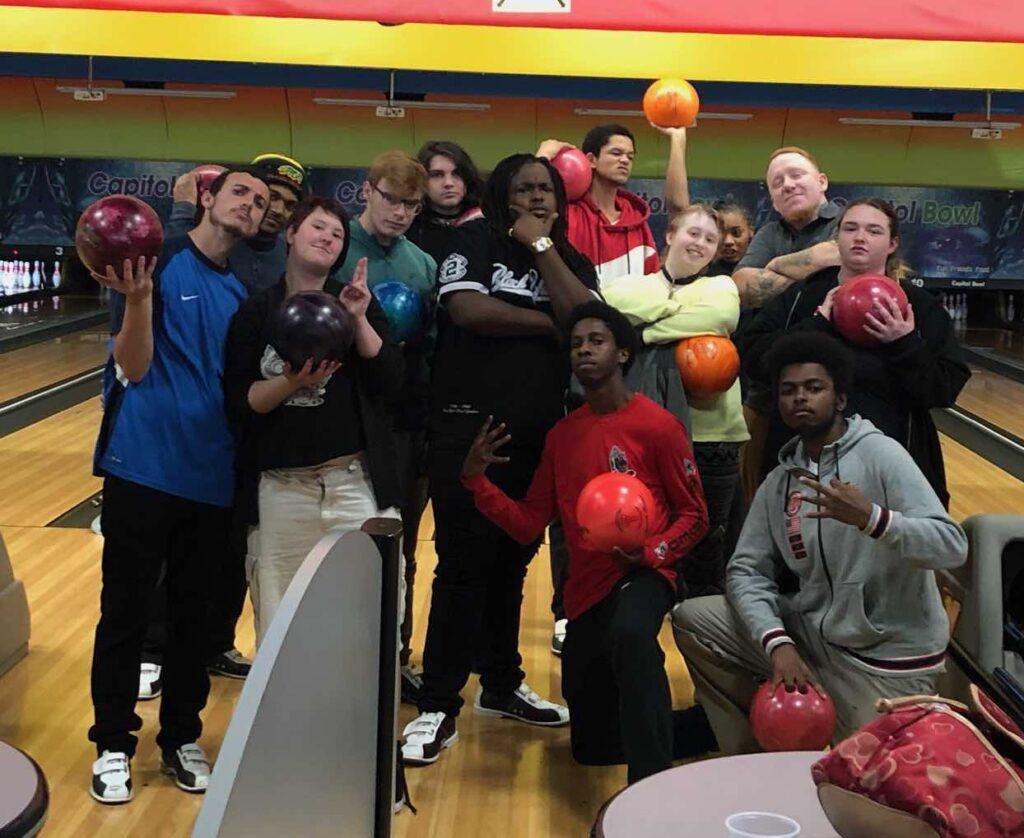
A Grassroots Beginning
YPR grew out of a Substance Abuse and Mental Health Services Administration (SAMHSA) meeting in Cleveland. And even though the organization now has 59 chapters stretching from California to Maine, its grassroots ethos remains intact.
“We are celebrating our 10-year anniversary,” Tarino says of YPR, which is headquartered in Denver. “It was started by very young people in recovery who got together to talk about all the issues going on in the space and the lack of resources at the time for young folks seeking recovery or recovery services. And here we are.”
And perhaps not a moment too soon. Especially for a teenager or young adult, the words “you can’t use again” can seem like a death sentence. Forever is, after all, a very long time. YPR seeks to show young people that the years ahead can be just the opposite of a death sentence—they have the potential to be filled with purpose and accomplishment and, equally important, laughter.
“When you enter recovery really young, you think you’re never going to have fun again,” Tarino says. “You couldn’t possibly foresee what the world would look like if you’re not going to do these things that you were doing. With YPR, there is this aspect of fun with your peers, and in an environment that is safe but also normal. We can have the same experiences as our other peers, just without substances or alcohol.”
Practical Programs: EPIC and Phoenix
YPR runs deeper than acting as a safe social outlet for teens and young adults in recovery. The cornerstones of the organization are two proprietary programs, EPIC (standing for engaged, peer developed, individualized and community centered) and The Phoenix, both of which collaborate with treatment centers and social service agencies in their respective chapter communities. The Phoenix, however, also works with drug courts and criminal justice organizations since it caters to individuals who have run afoul with the law.
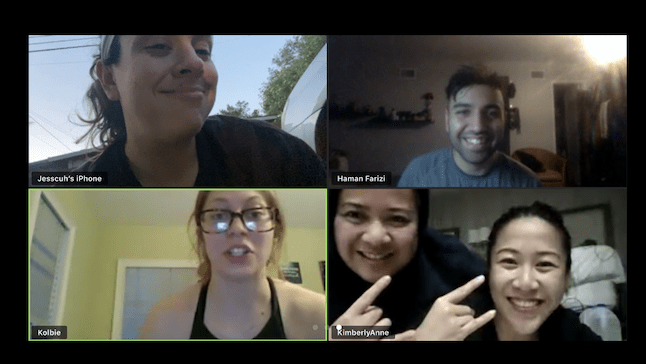
“They’re both 10-week-long curriculums focused on providing the skills that we as an organization and SAMHSA deem imperative to sustaining long-term recovery from substance use disorder,” says Franklin Erickson, vice president of programs for YPR. “The programs focus on things like education, employment and housing, but other things, too, that are less obvious, like recovery messaging, healthy relationships and holistic health.”
When you enter recovery really young, you think you’re never going to have fun again. …With YPR, there is this aspect of fun with your peers, and in an environment that is safe but also normal. We can have the same experiences as our other peers, just without substances or alcohol.”—Danielle Tarino, president and CEO, Young People in Recovery
The social component serves to keep individuals engaged in their recovery after the 10-week program has wrapped up, and it has remained strong even amid the challenges of the COVID-19 pandemic.
“The big shift [at the onset of the pandemic] was making our chapter events virtual, because they all had previously been in person,” Erickson says. “Early on, there might have been some hesitancy to engage in virtual events, but we’ve been in this situation for so long that we’ve seen most of that dissipate. People seem to enjoy our virtual events. We found different ways to engage the recovery community online, things like bingo night, virtual museum tours, trivia contests and guided meditation.”
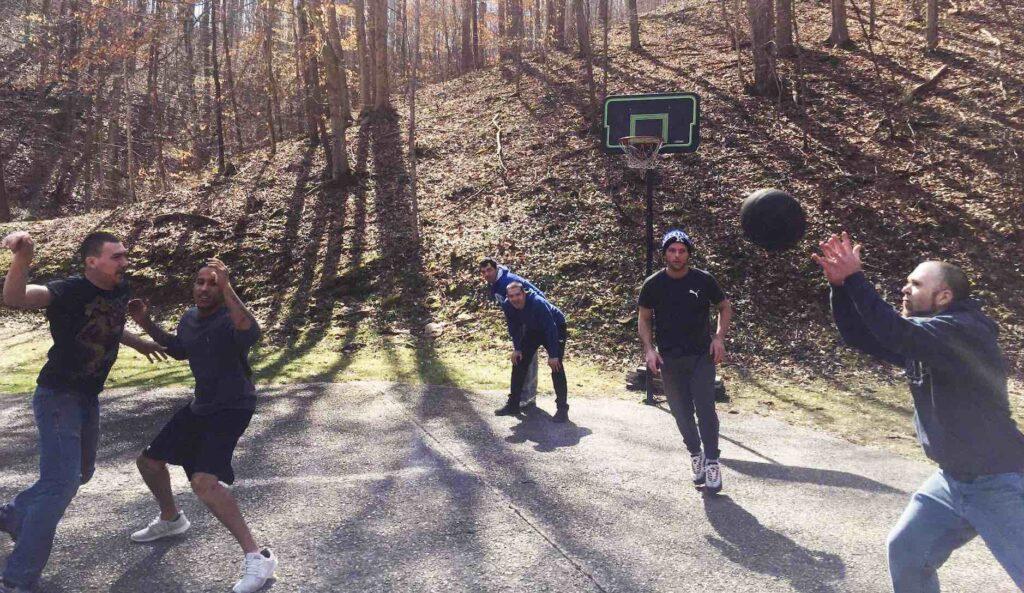
The Power of Data
Behind all of it—the fun and games, the Phoenix and EPIC programs—you’ll find stacks of data. YPR is very much an evidence-based enterprise, though not in the cut-and-dried way you might think.
“We collect data at the beginning [of the EPIC or Phoenix program], at the end and then three, six and 12 months after,” Erickson says. “We’re not aiming to measure abstinence rates or things like that; we’re really trying to measure the confidence participants are feeling in different categories. What is that confidence in the beginning when they haven’t had the programming versus the end? We measure it around things like housing, education, employment and finances, just to make sure people feel confident to go out and live lives in long-term recovery.”
The Power of People
Stats aside, the beating heart of YPR always will be the people who wind up there as part of their recovery. Many become immersed in the organization and go on to play important roles in pushing it forward. Says Erickson, “These are people who started off receiving services and grew into volunteers and employees and really incorporated our organizational values into their lives. That’s been fantastic to see.”
We collect data at the beginning [of the EPIC or Phoenix program], at the end and then three, six and 12 months after. We’re not aiming to measure abstinence rates or things like that; we’re really trying to measure the confidence [of] participants.”—Franklin Erickson, vice president of programs, YPR
Money, of course, also helps. To stay afloat, YPR depends on, as Tarino rattles off, “foundations, government grants, individual donors, fundraising events.” For example, when YPR had to quickly pivot to virtual services at the beginning of the pandemic, the Foundation for Opioid Response Efforts (FORE) kicked in $50,000. Over the years, groups ranging from CVS Health to Recovery Centers of America have aided YPR’s cause.
“There are 22 million Americans in recovery,” Tarino says. “There are another 23 million who are suffering from substance use disorder and need support. This is a great start, but communities need more. And if you build it, people will come.”
YPR built it, and people are coming.


